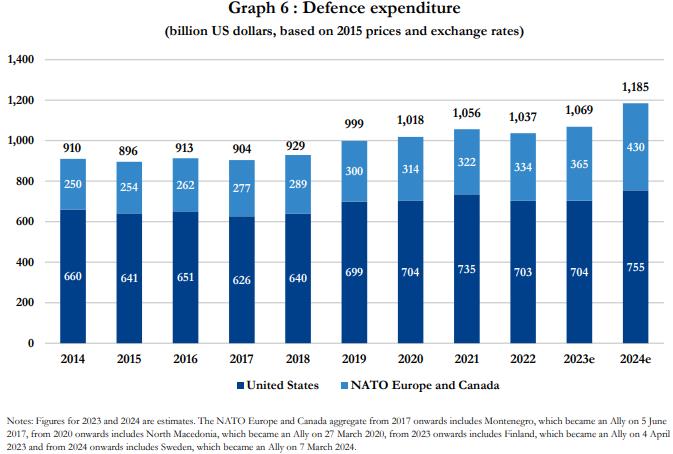President Donald Trump has openly criticized NATO, suggesting the US should leave the alliance. Elon Musk has echoed similar sentiments and US relations with NATO allies have been under strain. It is worth considering what a NATO without the United States might look like – and what it could be capable of.
Financial Facts
A key pillar of Trump’s argument is that the US is subsidizing European defence because European NATO members are not paying their fair share. NATO’s charter includes a guideline for members to spend 2% of their GDP on defence, though it is not a binding requirement.
According to NATO data, in 2022 only seven members met the 2% target. By 2023 that number rose to ten, and in 2024 it increased to twenty-three. In 2024, Poland spent the most as a percentage of GDP at 4.12%, followed by Estonia at 3.43%, and then the US at 3.38%. Of the 31 members, eight were spending below the 2% guideline, one (Slovakia) was exactly at 2%, and twenty-two were above it. Here’s a NATO chart showing all the other expenditures:

The chart clearly shows that the vast majority are not only meeting the 2% guideline but are actually spending above 2%. So, where has Trump’s notion that the USA is subsidizing European security come from exactly? It’s in the percentage of GDP calculation. Here’s another NATO chart to illustrate:

The US does indeed spend more on defence than all other NATO allies combined. This, however, is due to the scale of its economy, not because Europe is relying on the US to foot the bill. The US GDP stands at around $27 trillion, whereas Europe’s combined GDP is about $17 trillion. So, 2% of US GDP just adds up to more than 2% of everyone else’s GDP – there’s nothing sinister or deliberately unfair here. Indeed, most European allies are not only meeting the NATO target, but exceeding it.
Trump’s narrative misses two critical points. First, the US does not spend nearly $1 trillion annually on defence purely out of goodwill; it does so to secure its global influence, protect its economic interests, and maintain military dominance. A more fitting analogy would be choosing to buy a sports car and then complaining about the price – it was a choice made to serve specific interests.
Second, large-scale defence spending stimulates the US economy by supporting jobs, manufacturing and tax revenue. US defence spending acts as an economic engine, making complaints about it somewhat misguided.
Combat Power
Retired UK General Sir John McColl recently noted that the US provides about 50% of NATO’s combat power. At first glance, this might seem like an insurmountable loss should the US leave NATO. However, this number warrants deeper analysis.
A Self-Sabotaging Move for the US
For the United States, withdrawing from NATO would be a strategic mistake. NATO effectively doubles the military power the US can call upon. The only time NATO’s Article 5 – its collective defence clause – has ever been invoked was in defence of the US after the 9/11 attacks. America’s allies stood by it in its darkest hour, proving their reliability. Discarding such an alliance would be short-sighted and self-destructive for America.
Consider this too: NATO’s estimate for US defence spending in 2024 was $755 billion, and for that, it generates 50% of NATO’s combat power according to General Sir John McColl. Yet, NATO estimated that the remainder of the allies spent $430 billion combined and still managed to generate the other 50% of NATO’s combat power. This suggests that US defence spending yields a lower output of combat power per dollar spent compared to its NATO allies. In a military alliance – combat power is the key metric that matters. Thus, it would be illogical for the US to abandon an alliance where its partners are able to generate significantly more combat power per dollar than the US itself.
A Growing European Military Contribution
The 50% figure also reflects current capabilities, not future potential. If European NATO members continue increasing their defence investments, their share of NATO’s overall combat power will rise. If they reach a point where they provide 70% of the alliance’s military strength while the US contributes just 30%, the power dynamics shift. At that stage, it is the US that would be left without an alliance more powerful than itself – raising the question of whether leaving NATO is in America’s best interest.
Developing Strategic Capabilities
While the U.S. currently provides key strategic capabilities, European nations have the wealth, technological expertise, and industrial capacity to develop them. The moment the US departs NATO, replacing those capabilities will become a priority. Though this process will take time, it is entirely feasible.
Conclusion
If the US were to leave NATO, it would be a far greater loss for America than for the alliance. NATO members are already increasing their defence spending and cooperation, ensuring that in time, their collective strength will surpass that of the US. While NATO adapts and grows stronger, an isolated US would become weaker on the world stage.
In essence, abandoning NATO would be a self-inflicted wound for America – one that diminishes its influence and strategic security rather than enhancing it.
